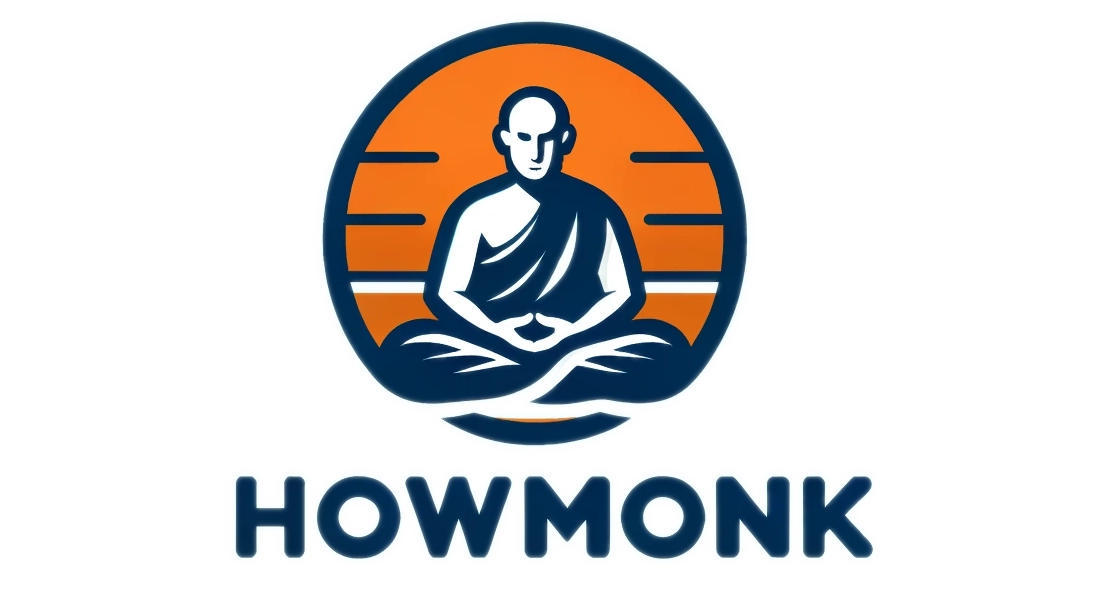Crafting a perfect email when forwarding your resume can significantly impact your job search success. A well-written email not only reflects your professionalism but also sets the tone for how your resume is received.
To write an effective email when forwarding your resume, keep it concise, professional, and tailored to the recipient. Start with a clear subject line, briefly introduce yourself, express your interest in the position, and mention any mutual connections if applicable. Attach your resume and any additional documents as necessary, and always end with a polite closing. There’s a lot more to this process than just a few sentences—keep reading to discover tips, examples, and insights that can take your email to the next level.

What To Include in Your Subject Line
An effective subject line can make all the difference when forwarding your resume.
Aim for clarity and attention-grabbing phrases. Start with a clear intent, like “Resume for [Job Title] – [Your Name].” This immediately informs the recipient about what to expect.
Make it personal by including the hiring manager’s name if you know it, such as “Resume for Marketing Manager Position – John Doe.” Including the job title makes it easier for busy professionals to identify and prioritize your email. Keep it concise; a subject line that’s too lengthy might get cut off, especially on mobile devices. Adding the word “referral” if someone recommended you can also add weight to your email, like “Referral: Resume for [Job Title] – [Your Name].”
Research indicates that an impressive 64% of email recipients make their decision to open an email based solely on the subject line, so ensure that part is done well.
How to Introduce Yourself
Opening your email with a solid introduction sets the tone for the rest of your message. Stick to the essentials but make an impact. Start with a friendly greeting, like “Hi [Recipient’s Name],” then follow with a brief personal touch: your name, current job title, and a quick contextual detail.
For example, “I’m John Doe, a digital marketing specialist with over five years of experience in content strategy, reaching out for the Marketing Manager position I saw listed on [where you found the job]. This approach not only makes your introduction personable but also establishes relevance right from the start.
An extra tip: if you have a connection or referral, mention them early on. Something like, “I was referred to this position by [Connection’s Name], who thought my experience would be a great fit.” This move establishes credibility and helps you stand out from the crowd.
Being concise but memorable is key—this isn’t just any email; it’s your chance to shine!
Why Personalize Your Message
Tailoring your email when forwarding your resume can make a huge difference in how it’s received. A personalized message shows genuine interest in the role and respect for the recipient’s time. It demonstrates that you’re not just sending a generic application; you’re thoughtfully engaging with their needs. Mentioning the company’s values or mission can resonate well with hiring managers. Additionally, include a brief line about how your skills align with their requirements. This not only grabs attention but also creates a connection, making it more likely your resume will be reviewed positively.
What to Mention About the Job
Highlighting specific aspects of the job can set your email apart.
First, identify what excites you about the role—be it the chance to lead projects, collaborate with innovative teams, or tackle meaningful challenges. Share a couple of skills you possess that directly relate to the job description. This might include:
- Relevant experience: Briefly mention past positions or projects that equipped you for this role.
- Skills alignment: Pinpoint key skills in the job listing and relate them to your own expertise.
- Cultural fit: If the company emphasizes teamwork, share how you thrive in collaborative environments.
Offering this tailored insight not only shows you’re a strong candidate but also conveys enthusiasm and readiness to contribute to the team’s success.
How to Refer to Your Resume
A clear reference to your resume is vital, but redundancy isn’t necessary. Instead of merely saying, “I’m attaching my resume,” add a touch of personalization. For example, mention the position you’re applying for: “I’m excited to apply for the Marketing Manager role and have attached my resume for your review.”
Also, consider briefly highlighting a key qualification or achievement. This gives context and showcases your fit for the role right from the start. Say something like, “With over five years of experience in digital marketing strategies that increased brand visibility by 30%, I’m eager to bring my expertise to your team.”
Don’t forget a friendly touch. A simple line like, “I’d love to discuss how my background can contribute to your team’s success” softens the formal tone and shows enthusiasm.
What Closing Statements Work Best
Leaving a positive impression matters in your email closing. Keep it professional yet warm. Effective endings include phrases that reflect your readiness for further discussion.
You might say:
- “I look forward to the opportunity to discuss my application further.”
- “Thank you for considering my application; I hope to speak soon.”
- “I appreciate your time and consideration, and I’m excited to hear back!”
If applicable, adding a brief note of how you plan to follow up can show initiative. For instance, mention, “I’ll touch base next week to see if you’ve had a chance to review my application.”
A unique insight to consider: timing your follow-up is critical. After sending your resume, wait about a week before reaching out, as this timing demonstrates your genuine interest while respecting their review process.
How to Attach Your Resume Correctly
Attaching your resume might seem straightforward, but there are a few key steps to get it right. Always save your document in a commonly used format. PDF is usually the best choice because it ensures your formatting stays intact across different devices. Before attaching, name your file clearly. Instead of something generic like “Resume,” use a format like “JohnDoeResume_2024.pdf.” This makes it easier for hiring managers to identify your application.
When you’re ready to attach, double-check that you’re attaching the correct file! You’d be surprised how often the wrong file gets sent. Also, pay attention to the email interface. Most email programs have a paperclip icon for attachments – click that, and ensure your resume is attached before hitting send. Lastly, consider adding a note (e.g., “Please find my resume attached for your review.”) just to give context.
Common Mistakes to Avoid
You don’t want your email to come across as careless, so steer clear of the following common pitfalls that can undermine your professionalism:
- Vague Subject Lines: Use a clear subject like, “Application for Marketing Manager Position – John Doe.” This helps the recipient sort emails quickly.
- Forgetting to Attach the Resume : One of the biggest faux pas is mentioning an attachment that isn’t actually included. Always do a final check before sending.
- Neglecting to Proofread : Grammatical errors and typos can leave a bad impression. A quick read-through can catch embarrassing mistakes.
- Using an Unprofessional Email Address : Stick to a simple address that includes your name (e.g., john.doe@gmail.com). Avoid nicknames or numbers that could seem unprofessional.
- Being Overly Casual : While you want to be friendly, keep a professional tone. Avoid slang or overly familiar language.
- Ignoring Formatting : A cluttered email can be off-putting. Keep paragraphs short and maintain a clean, concise layout. Bullet points can help highlight key elements.
- Failing to Follow Up: If you haven’t heard back in a week or two, it’s perfectly fine to send a polite follow-up email. It shows your continued interest in the position.
Focusing on these details not only reflects your professionalism but also highlights your attention to detail—an essential skill in any job.
Recent Trends in Resume Emailing
Crafting an effective email to forward your resume is more crucial than ever. Job seekers are adapting to a more digital landscape, and it’s not just about attaching your resume anymore; it’s about creating a compelling narrative.
Conciseness is key . Employers often scan emails quickly, so getting straight to the point while maintaining a friendly tone can make all the difference. A concise email shows respect for the recipient’s time.
Additionally, many professionals are integrating some form of personalization. Instead of the usual generic salutation, addressing the hiring manager by name and referencing a recent company achievement can help you stand out. This approach conveys that you’ve done your homework and are genuinely interested in the position.
Another emerging trend is the subject line. Opt for something clear and direct but engaging, like “Application for Marketing Coordinator – [Your Name].” This immediately tells the recipient what to expect and who it’s from, making it easier for them to prioritize your email.
Finally, don’t underestimate the importance of a professional signature. Including your LinkedIn profile link or a personal website provides additional context and showcases your digital presence. People are reviewing candidates holistically now, which means your online footprint can significantly impact perceptions.


